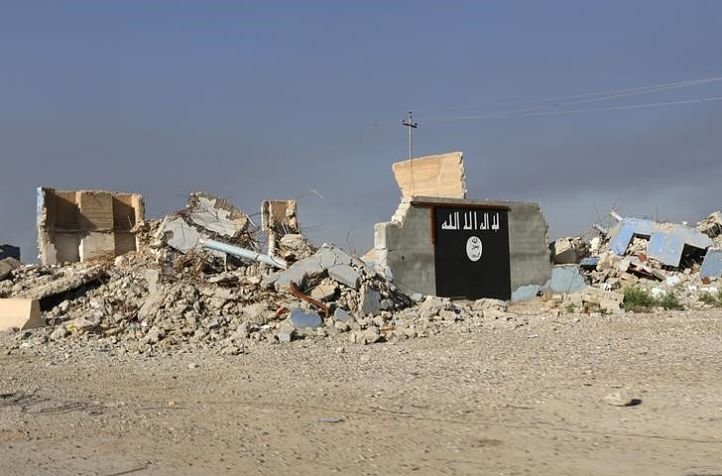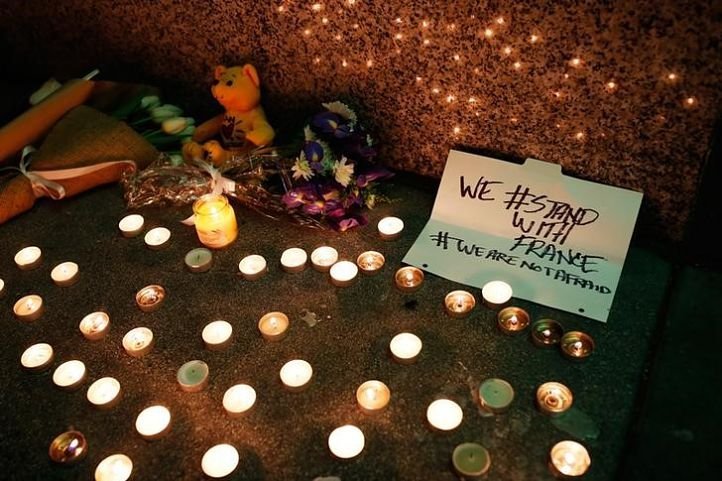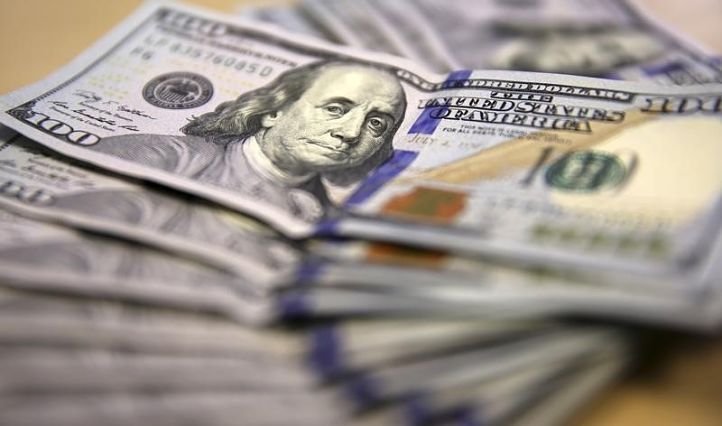The suicide attacks on Paris in which over 150 were killed on Friday have brought back into focus terror group Islamic State and its operations. But do you really know about this organisation? Here’s what you should know about them:
The birth of the Islamic State
The Islamic State (IS) is also known as the Islamic State of Iraq and the Levant (ISIL), the Islamic State of Iraq, and al-Sham (ISIS), formerly known as the Islamic State of Iraq (ISI) and Al-Qaeda in Iraq (AQI), was initially formed in 2003, in Iraq, by Abu Musab al-Zarqawi. He named it “Jama’at al Tawhid wal Jihad” taking the name of a group he had formed circa 2000 in Herat, Afghanistan.
Who is their leader?
Abu Bakr al-Baghdadi has been its leader since May 2010, but until the 2014 summer when he made a speech, the only image of him was a grainy mug shot taken while he was lodged at US Camp Bucca during the occupation of Iraq. Following takfiri doctrine, the Islamic State is committed to purifying the world by killing vast numbers of people.

Paris aside, they are getting more aggressive
In the three months between July 1 and September 30, IHS Jane’s Terrorism and Insurgency Centre (JTIC) recorded a total of 1,086 attacks by the Islamic State worldwide. This represented a substantial 42 percent increase in the average daily number of attacks, from 8.3 in the preceding quarter (1 April – 30 June) to 11.8 in the reporting period. Furthermore, the average 11.8 attacks per day in the reporting period represented a notable 39 percent increase from the average 8.5 attacks per day over the preceding 12 months.
Big numbers and foreign recruits
In June 2014, the CIA estimated that the Islamic State had only 4,000 fighters. By September, that number has reached between 20,00 to 31,500. But experts reckon that was a very conservative number.
Terrorism expert Daveed Gartenstein-Ross looked at the conflicting estimates and the land mass controlled by the Islamic State and concluded that the U.S. estimates are “clearly unrealistic.” He determined that the 100,000 figure is most credible . And the 100,000 are fighters – there are other arms who are supposed to look after captured territories and that could push the number up to 200,000.

How much territory does IS control
The Islamic State has lost about one-fourth of the total territory it controls in Iraq, according to the statements of the US government in mid-April. However, the group is gaining in Syria, holding steady in Libya and growing elsewhere.
The Islamic State’s latest loss in Iraq is Tikrit, but the city lacks strategic significance. The real prize is Mosul, which is 10 times bigger. The Islamic State is on the verge of completely controlling the country’s largest oil refinery at Baiji.
In addition, the Islamic State’s absorption of Boko Haram in Nigeria is a major boost. The group controls up to 20% of the country and has between 6,000 and 15,000 fighters.
In Libya, the spiritual leader of the Ansar al-Sharia group, responsible for the 2012 attack in Benghazi, announced his allegiance to the Islamic State. The group has expanded its “caliphate” in Libya’s north and includes major cities like Sirte and Derna.
The Islamic State has also developed an affiliate in the Gaza Strip that is now attacking Hamas. It has declared a caliphate in Yemen and has set up training camps in Afghanistan, where its fighters are competing with the Taliban.
Its affiliate in Egypt’s Sinai Peninsula is still alive and kicking as well. In Syria, the Islamic State has captured more territory in the northwestern areas of the Homs Province.

How much money does the IS have?
It is, by many accounts, the world’s richest terrorist organisation .A Thomson Reuters risk report titled ‘Islamic State: The Economy-based Terrorist Funding’ talks about the various money-making sources at their disposal:
“From its inception, the group relied heavily on illegal activities to finance its operations. It also received private and institutional donations (mainly from NGOs) originating from Gulf States such as Saudi Arabia, Kuwait and Qatar. By 2006, it was already raising US$70 million to US$200 million a year from criminal activities and according to a November 2006, US government assessment AQI had successfully created a self-sustaining insurgency in Iraq.
“In total, the extortion/tax system imposed in areas under its control in Iraq and Syria could generate as much as US$30 million per month for IS, or US$360 million a year.
“In total, IS controls more than 60% of Syria’s oil production capacity and less than 10% of Iraq’s oil production capacity… The US Government estimates IS oil transactions are generating an average of US$2 million per day, a conservative figure according to sector experts.
“By combining the benefits of plundering the natural resources generated on State-controlled territory and the more traditional financing methods such as kidnapping or extortion, we project a notional income of US$2.9 billion.”

















